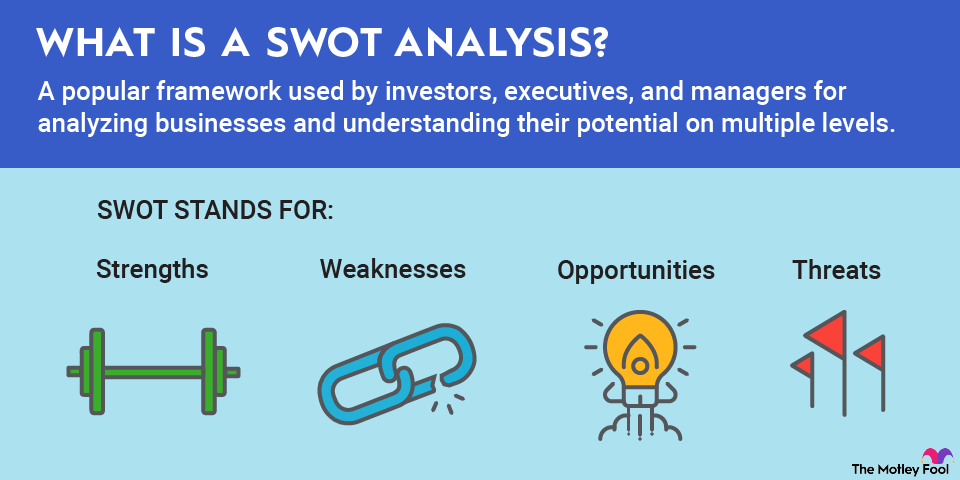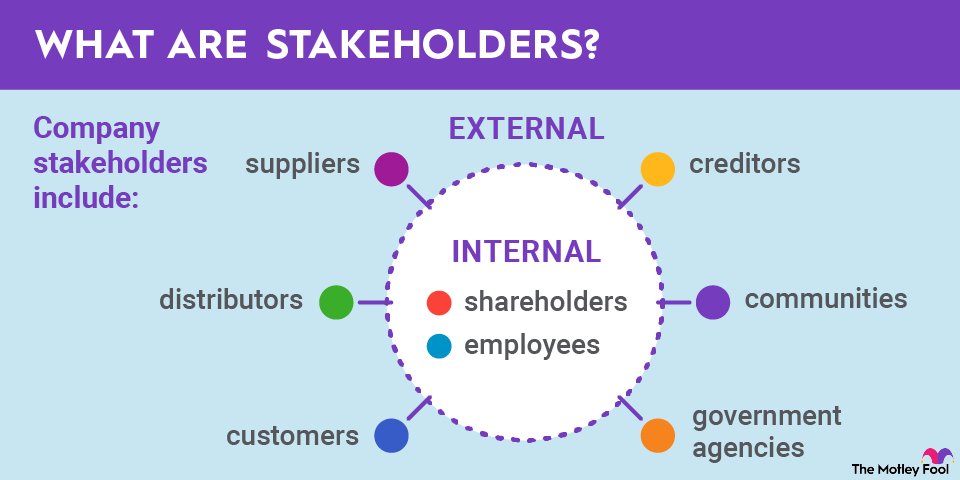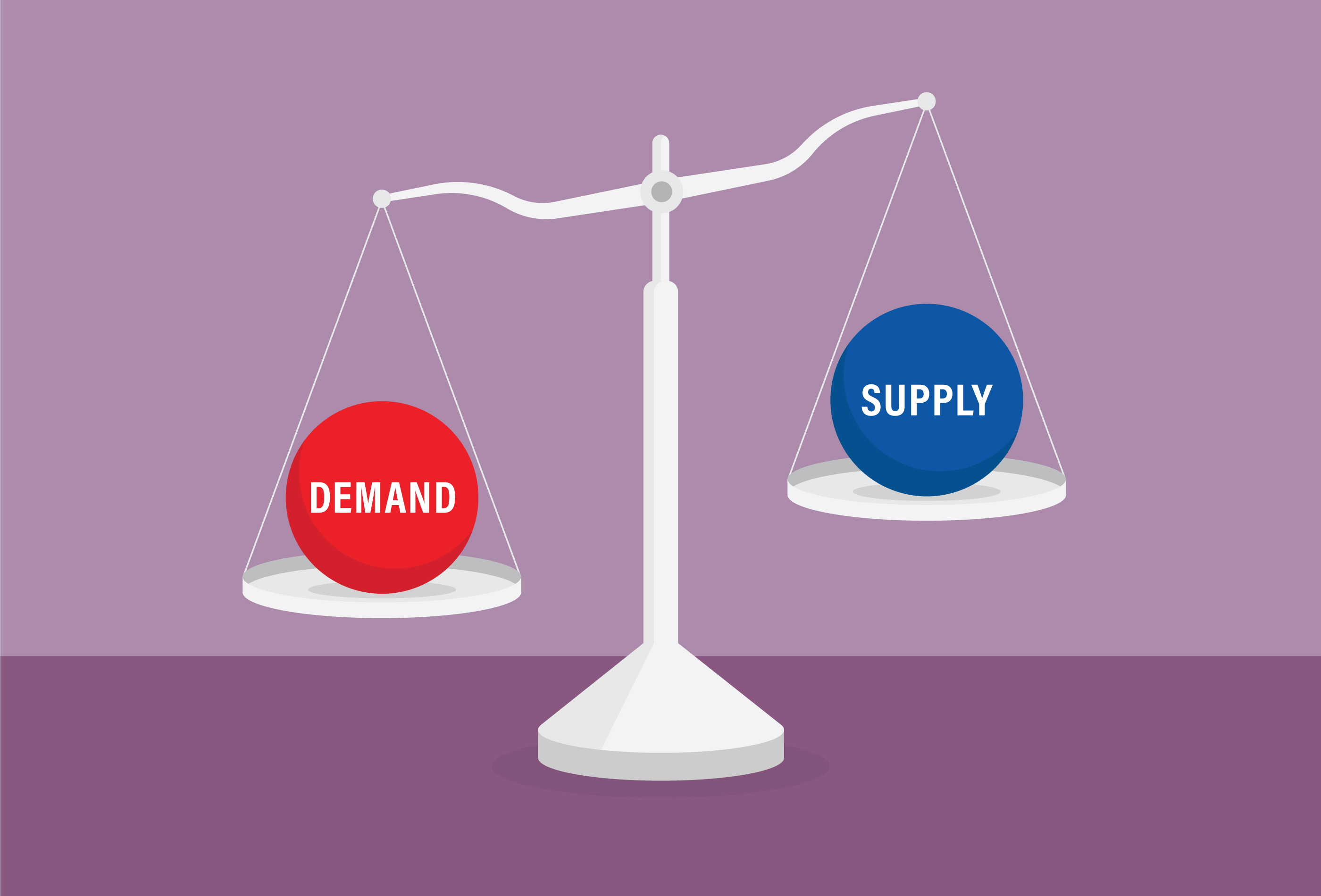When you're buying and selling assets, it's really important to understand that there are a range of variables that can affect your outcomes in a lot of different ways. It's easy to say this, but it's much harder to show the actual outcomes -- that's where sensitivity analysis comes into play. Read on to learn more.

What is sensitivity analysis in finance?
Also known as "what-if" analysis, sensitivity analysis literally asks the question "what happens if this variable changes?" In sensitivity analysis, the effects of independent variables are examined against a dependent variable, creating possible answers to questions that investors have all the time.
For example, you might wonder how bonds would be affected if interest rates are raised. This is one way that you can use sensitivity analysis to help model a "what-if" world. It's a complicated analysis that generally requires computer modeling, so crack your knuckles and break out your spreadsheet. Excel has "what-if" modeling available under the "Data" tab.
How is sensitivity analysis used in business?
In both business and finance, sensitivity analysis is used to answer a lot of burning questions revolving around "what-if" scenarios. But, more specifically, it can be used to help businesses:
- Understand the influence of variables. Each variable adds its own influence to a situation, and sometimes it's hard to untangle which ones do what when it's a complicated analysis. But sensitivity analysis can tease them apart and allow you to answer one question at a time about which is doing what.
- Simplify models. Often, we make the problem harder than it has to be, especially when we don't know which variables are doing what in a model. With sensitivity analysis, we can see which variables aren't contributing, and move those out of the way to focus on the ones that do matter.
- Reduce uncertainty. With the models simplified and the variables understood, it's easier to reduce risk and uncertainty. Although you can never reduce these to zero, you can minimize them, and sensitivity analysis helps.
- Achieve financial goals. Playing the "what-if" game in your romantic life can destroy you, but if you play it in your financial life, with future-looking questions, you can actually achieve your financial goals much more easily. Knowing what your plan is for eventualities like changes in interest rates or demand for a product can help you make smart decisions for the future.
Sensitivity analysis vs. scenario analysis
A sensitivity analysis and a scenario analysis are easily confused with each other, because they seem very similar on the surface. However, one looks at the impact on variables, and the other looks at how specific scenarios will affect the variables. Often, these are used together, which makes it even more confusing.
Put another way, scenario analysis looks at what happens if foot traffic to a mall increases this holiday season, and sensitivity analysis looks at what happens if sales increase by 20% due to an increase in foot traffic this holiday season. One is a scenario, and one is the actual measured variables.
Related investing topics
Sensitivity analysis and black box processes
Black box processes are things we often associate with artificial intelligence, but they can apply to a lot of different kinds of mathematical models. In the case of sensitivity analysis, there are believed to be black box processes at play, which is why it's not something anyone recommends you try to do by hand.
Because the model is so complicated, it's difficult to see what's happening directly inside the calculation, and you can only infer what is going on in the background from the results of different variable changes. This can be good because you can't game the system, and instead have to work through the process to see how outcomes are changed by real-world possibilities.



















